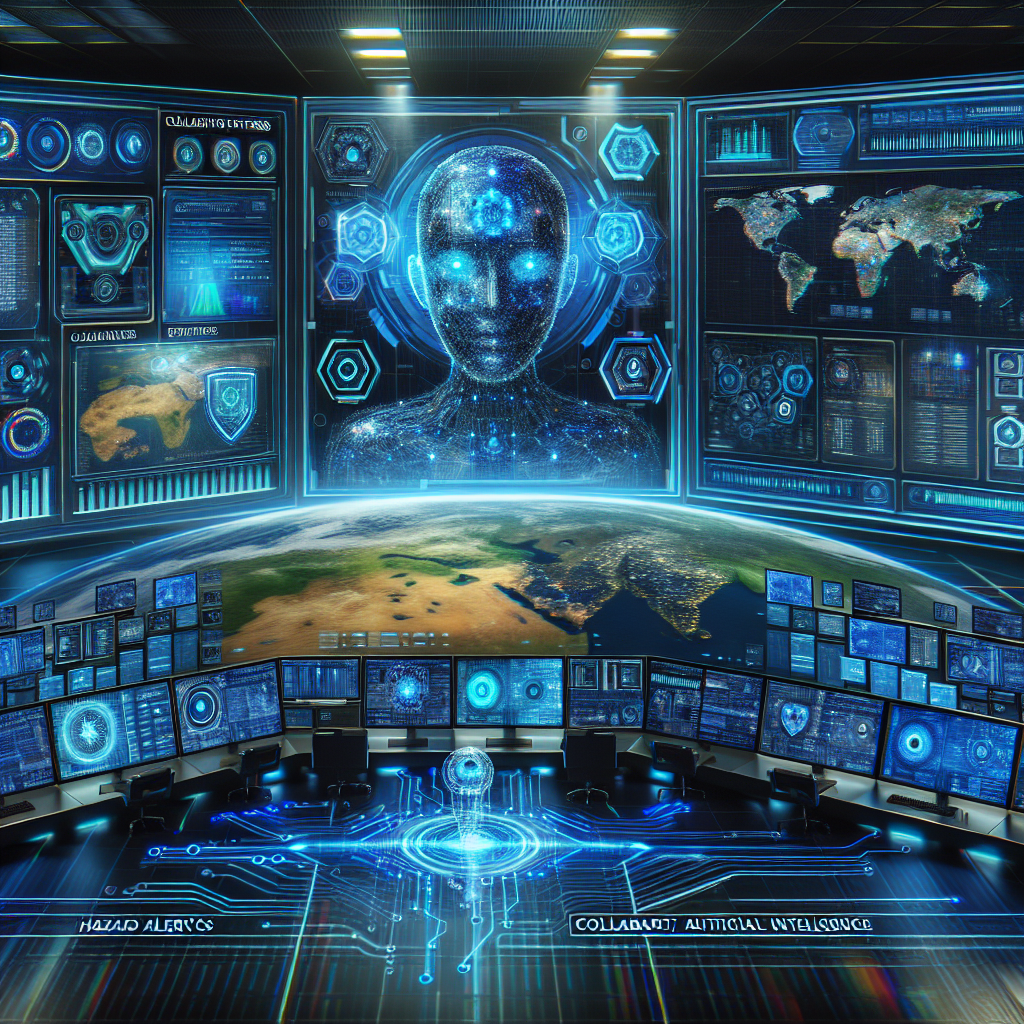Revolutionizing Security Leadership: The Impact of AI and Automation
CyberSecurity
Revolutionizing Security Leadership: The Impact of AI and Automation
As organizations continue to face an increasing array of cyber threats, the roles and responsibilities of security leaders are rapidly evolving. A new age of security is emerging, heavily influenced by the integration of Artificial Intelligence (AI) and automation. These technologies are not just enhancing the capabilities of security teams but are fundamentally transforming the way security operations are managed. This article delves into how AI and automation are revolutionizing security leadership and shaping the future of cybersecurity.
The Rise of AI and Automation in Security
With cyber threats becoming more sophisticated and frequent, security leaders are turning to AI and automation to bolster their defenses. These technologies offer numerous benefits, including enhanced threat detection, reduced response times, and increased efficiency in managing security workloads.
Enhanced Threat Detection
Traditional security measures are often reactive, addressing threats only after they occur. In contrast, AI-powered systems excel in proactive threat detection, analyzing vast amounts of data to identify potential vulnerabilities before they can be exploited. Key capabilities include:
- Real-time Analysis: AI algorithms can process data in real-time, offering insights that enable security teams to make informed decisions quickly.
- Pattern Recognition: By recognizing patterns in data, AI can identify anomalies and predict potential cybersecurity incidents, allowing for preemptive measures.
Reduced Response Times
AI and automation significantly reduce the time required to respond to threats. Automated systems can quickly contain breaches and limit damage, far exceeding human capabilities alone. They provide:
- Immediate Alerts: AI systems send instant alerts when they detect suspicious activities, enabling rapid response.
- Automated Responses: Automation allows for immediate execution of predefined response protocols, minimizing the window of vulnerability.
Increased Efficiency and Workload Management
Security teams often face overwhelming workloads as they manage vast amounts of data and numerous alerts. AI and automation alleviate this burden by streamlining operations:
- Automated Monitoring: Continuous monitoring of systems without the need for human intervention optimizes resource allocation.
- Task Simplification: Routine tasks such as generating threat reports or updating security policies can be automated, allowing security personnel to focus on more strategic objectives.
Transforming the Role of Security Leaders
The integration of AI and automation is not just about enhancing the current capabilities of security tools—it’s about reshaping the roles of security leaders themselves. This transformation includes shifts in focus towards strategic decision-making and a need for digital literacy in AI technologies.
Strategic Focus
As AI and automation take over routine security tasks, leaders are freed to focus on strategic planning and policy development. This strategic focus involves:
- Long-term Vision: Crafting a security roadmap that aligns with the organization’s overall business objectives.
- Advanced Risk Management: Prioritizing risks and deciding on resource allocation to address the most critical security challenges.
Digital Literacy and Learning
Security leaders must embrace digital literacy to understand and leverage AI technologies effectively. This involves:
- Continuous Learning: Staying updated with the latest advancements in AI and cybersecurity to ensure the organization is at the forefront of innovation.
- Collaboration with AI Experts: Working closely with AI specialists to design and deploy effective security solutions tailored to the organization’s needs.
The Future of Cybersecurity Leadership
The adoption of AI and automation in security is still in its early stages, but the trend is clear: these technologies will become integral to cybersecurity frameworks. Future leaders will need to adapt to this change to remain effective in their roles.
Embracing Innovation
Security leaders must foster a culture of innovation within their teams. This involves encouraging experimentation with new AI-driven security tools and methodologies to remain agile in the face of emerging threats.
Preparing for Ethical Challenges
With AI and automation, ethical considerations become increasingly crucial. Security leaders must navigate privacy concerns, ensure transparent AI deployments, and maintain equitable practices without bias.
- Data Privacy: Establish policies that ensure AI systems respect user privacy and comply with relevant regulations.
- Bias Mitigation: Implement measures to reduce algorithmic biases that may lead to unfair treatment or discrimination.
As AI and automation redefine the landscape of cybersecurity, security leaders are tasked with not only safeguarding their organizations but also embracing and guiding technological advancements. The future of security leadership will be shaped by leaders who can balance technological innovation with ethical responsibility, driving their organizations confidently into a secure future.
In conclusion, the integration of AI and automation into security frameworks is not merely a technological upgrade—it’s a key strategic shift that brings unprecedented transformation to the role of security leaders. By leveraging the power of AI and automation, organizations can enhance their security posture, improve efficiency, and effectively manage risk, ensuring a robust defense against the evolving threat landscape.
